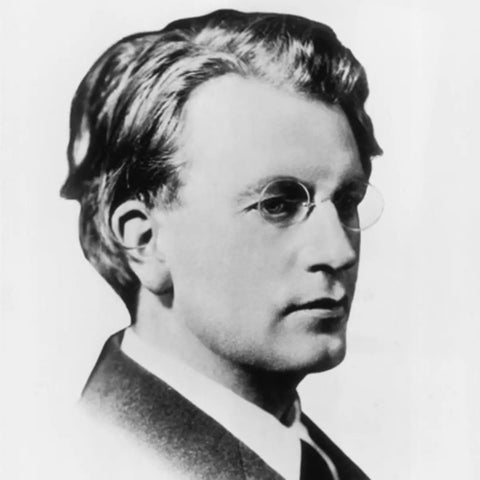
John Logie Baird - Image Source: Biography.com
Born 13th August 1888 - Helensburgh
Died 14th June 1946 - Bexhill
John was the youngest of four children born to the Reverend John Baird, minister for the church of Scotland, and his partner Jessie Morrison. Educated at various establishments including Larchfield Academy, Glasgow and West of Scotland Technical College and the University of Glasgow. Whilst studying at college Baird took on several engineering apprentice positions as part of his course. The awful polluted conditions of industrial Glasgow at the time allowed Baird to express his socialist outlook but was also a factor with health issues that would be with him throughout his life. Along with his socialist thinking, he also became an agnostic, however, his father was understanding and this did not have an effect on his relationship with his father. The outbreak of the First World War caused Baird’s education to be interrupted and he never returned to finish his course and graduate.
His ill health would become a major factor in 1915 when he volunteered for the army but was rejected and listed as not fit for active duty. Not being able to go to the front lines he was offered and took a position with the Clyde Valley Electrical Power Company who were at that time manufacturing arms and ammunition for the war effort.
In 1923 and once again in poor health, Baird moved to 21 Linton Crescent Hastings down on the south coast. He rented a workshop in the Queen's Arcade and Baird built the world's first working television set using items as bizarre and including a hatbox and a pair of scissors, darning needles, bicycle light lenses, a tea chest, and sealing wax and glue. By 1924, he was ready to demonstrate his invention and was invited by the Radio Times to do just that. He demonstrated a mechanical analogue television system was possible by transmitting basic moving silhouette images. During July of 1924, he received a 1000-volt electric shock. He survived unharmed save for a burnt hand, however, as a result, his landlord, Mr Tree, asked him to leave the workshop.
In a series of demonstrations beginning on 25 March 1925 and covering 3 weeks the first public demonstrations of Baird’s moving images by “television” took place at Selfridges department store. At his new workshop at 22 Frith Street in London on 26 January 1926, Baird repeated the demonstrations for patrons of the Royal Institution and a reporter from The Times. By now, he had improved the scan rate to 12.5 from 5 pictures per second giving a much clearer image.
By the 3rd of July 1928, using coloured discs of primary colours at the transmitting and receiving end he was able to demonstrate colour, as well as images, could be transmitted. Noele Gordon was his test subject by wearing different coloured hats. She later went on to have a successful career in television. Her most famous role is Meg Mortimer in Crossroads.
In 1931, at the age of 43, John married Margaret Albu. Together they had two children, a daughter, Diana, and a son, Malcolm. John carried on with his experiments for the rest of his life, working on electronic colour television and 3-D television, although neither was demonstrated outside of his workshop. John suffered a stroke on June 14, 1946, in Bexhill-on-Sea in England and never recovered.
Baird’s invention, while the first form of television, had its drawbacks. Due to it being mechanical, electronic television had already been developed by others. John's visual images were fuzzy and flickering. A BBC committee compared John’s analogue with Marconi-EMI’s electronic television and deemed John's product inferior. The BBC dropped it in 1937. However, this did not deter Baird from continuing his experiments with television right up to his death.

